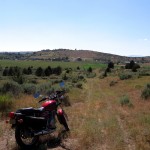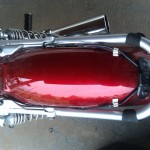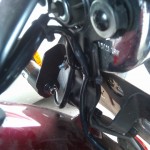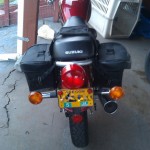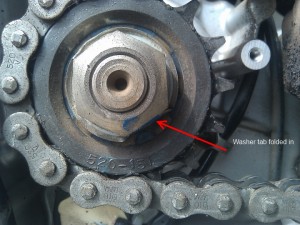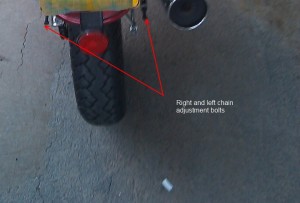Since this website was going to revolve around beer before getting buried in work, family, and the conventional but important parts of life, I had not been able to make a beer in quite some time. As I was trying to clean my basement this evening in preparation for a new job, I came across a can of malt from a LONG time ago (best before July, 2008) and a bag of fairly dubious-looking dark malt. I had to do something about it.
Grabbing my dusty and unused bits, I did a quick clean of the materials, and started a boil. During the boil, I found that I had no cleaning solution, no funnels, and one working airlock for a six gallon bucket. I had already opened the can and started a solution for the brewing yeast from the top of the can. I had to make do. Sometime in the process, I found some hops and added them to the last 10-15 minutes of the boil, ending with:
1) One can – Scotmalt’s Ironmaster Special Lager (expired five years ago)
2) 1lb – Dark unhopped yeast (also old and dubious)
3) 1oz Willamette Hops pellets from Brewcraft (frozen maybe three to four years ago)
4) About 1lb White Sugar (cause this batch was probably not going to be awesome)
This does not bode well for this batch, but as I will be ridding myself of a good job that was getting old, perhaps a bit of the old will help make something new and awesome. Could it be a vile, dark batch of horrid swill? Possibly, but we shall see. I don’t have a name for this one, yet, but if I die from the brew I vote for “Leftover Surprise”. I will post the specific gravity as I get to pitching the old but possibly still viable yeast.
EDIT — Okay, forgot to get the S.G., but the beer has a potential alcohol level of 5.5%. And it’s bubbling just fine for being five-year-old yeast

